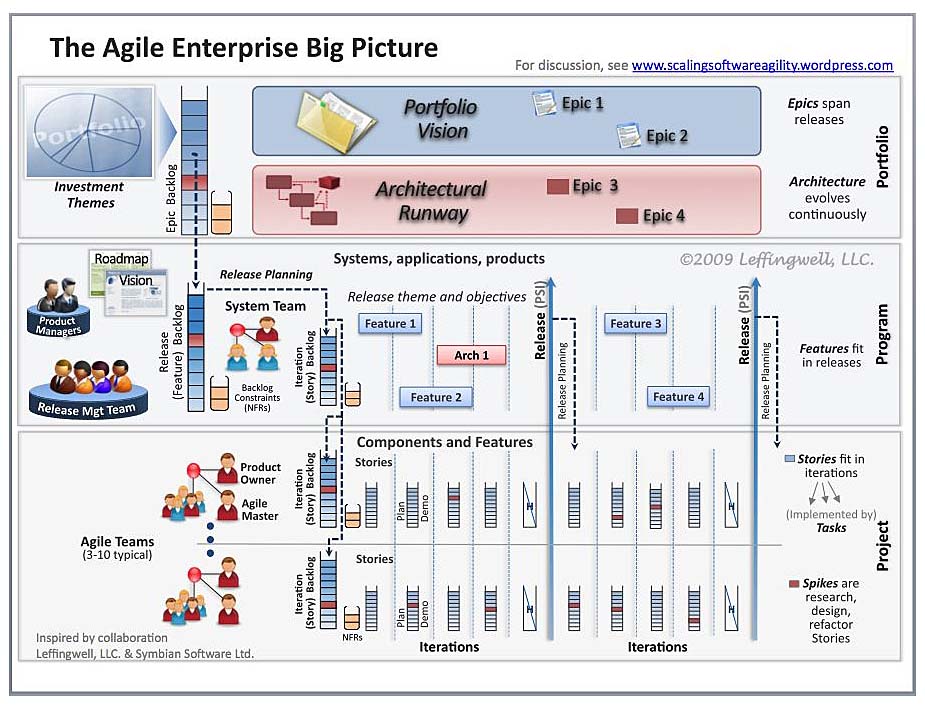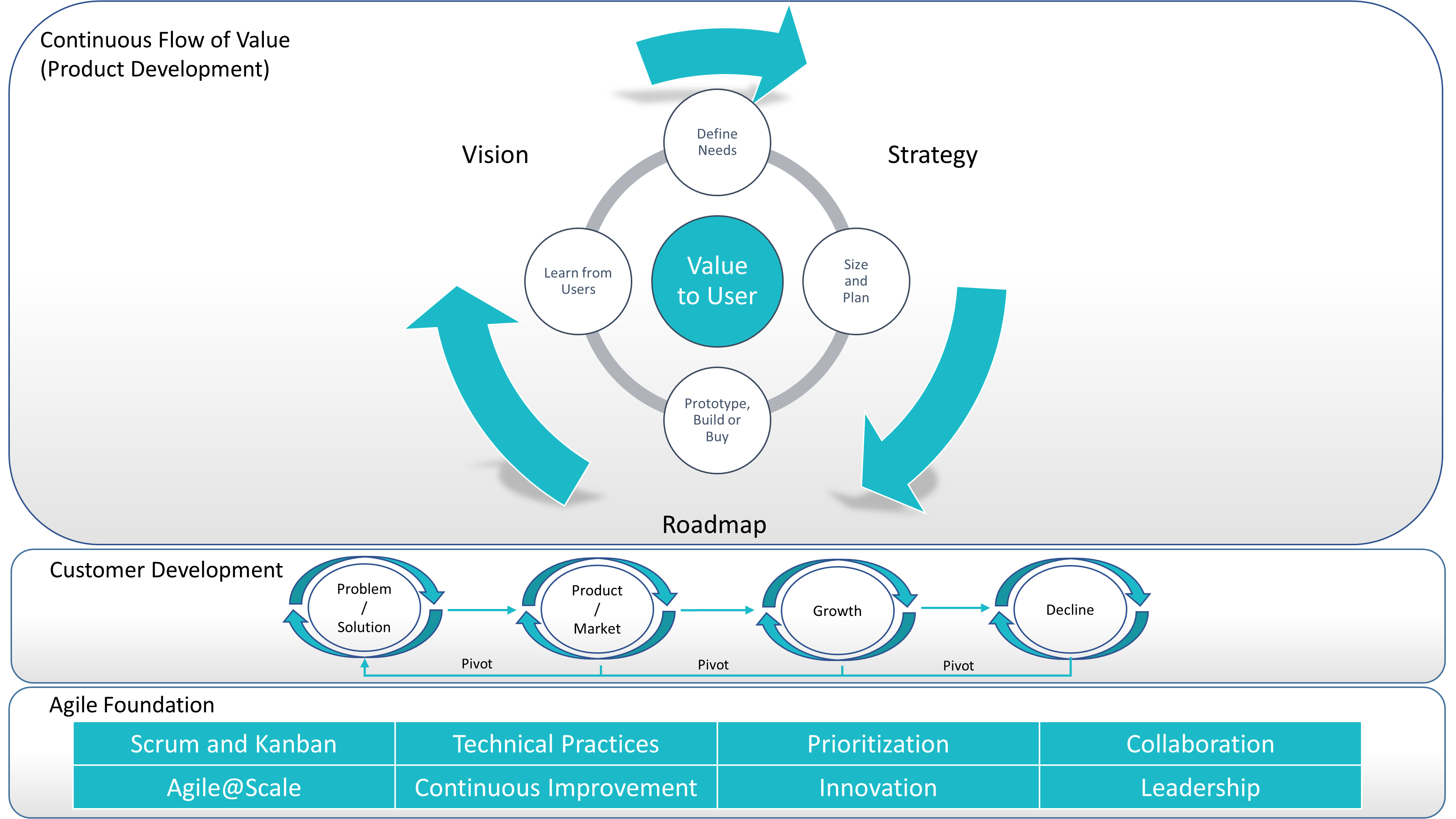
We won’t be attempting to describe all the behaviors which are common or providing guidance for what product managers do in the traditional software enterprise, Fortunately, many of the product management functions are the same in agile as they are in pre-agile development.įor example, the product managers are still primarily responsible for assessing market needs and creating product strategies (with input from the teams). In this series, we’ll be describing mostly what’s different with Product management in a pre-and post-agile environment.

Functions of Product Management in the Agile Enterprise
#Agile product manager series#
Smaller, more frequent releasesĪdjust at every release and iteration boundaryĪdapting to all the behaviors in the right column is a substantial change for the newly-agile, enterprise Product Manager and that is the subject of this series of posts. Involved with iterations and each release. PM ResponsibilityĬoarsely documented in Vision. Much is different as the table below illustrates. In prior posts, we’ve also described how the role needs to change in agile development. – What’s Different about Product Management in Agile? In this post, we’ll move to a more postive and enlightened view of the changing role of product management. In the first post, Role of the Product Manager in the Agile Enterprise (1): Phases of Disillusionment in Pre-Agile, Waterfall Development, I described some of the dysfunctional behaviors and mistrust that may be built into our system prior to the agile transition.

(See the resource page for a mapping to the Agile Journal Article Series). This series in turn, is a continuation of the series on the Role of Product Manager and Product Owner in the Agile Enterprise which can be found in the Product Manager/Product Owner series on this blog as well as a series in the Agile Journal. Note: this is the second post in a series on the changing role of product management as the enterprise transitions to agile development methods.


 0 kommentar(er)
0 kommentar(er)
